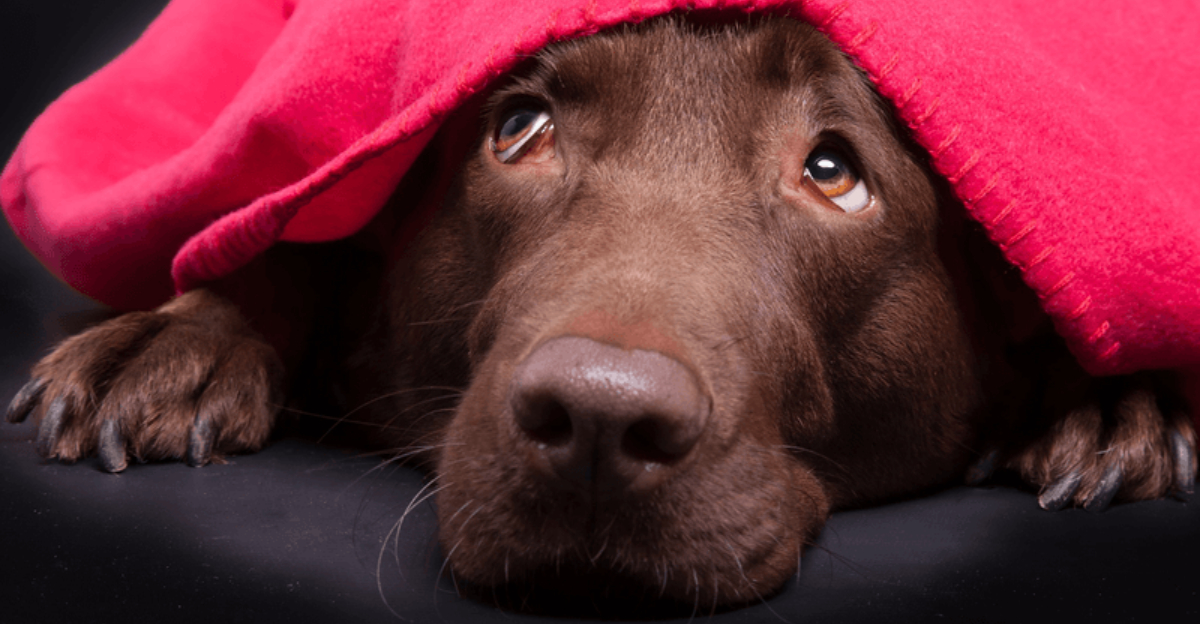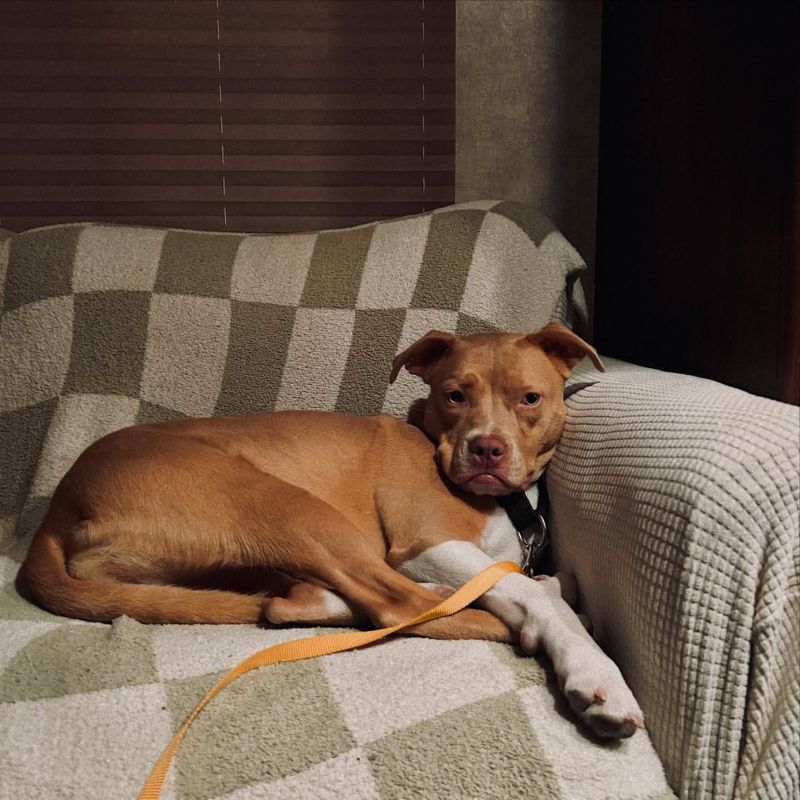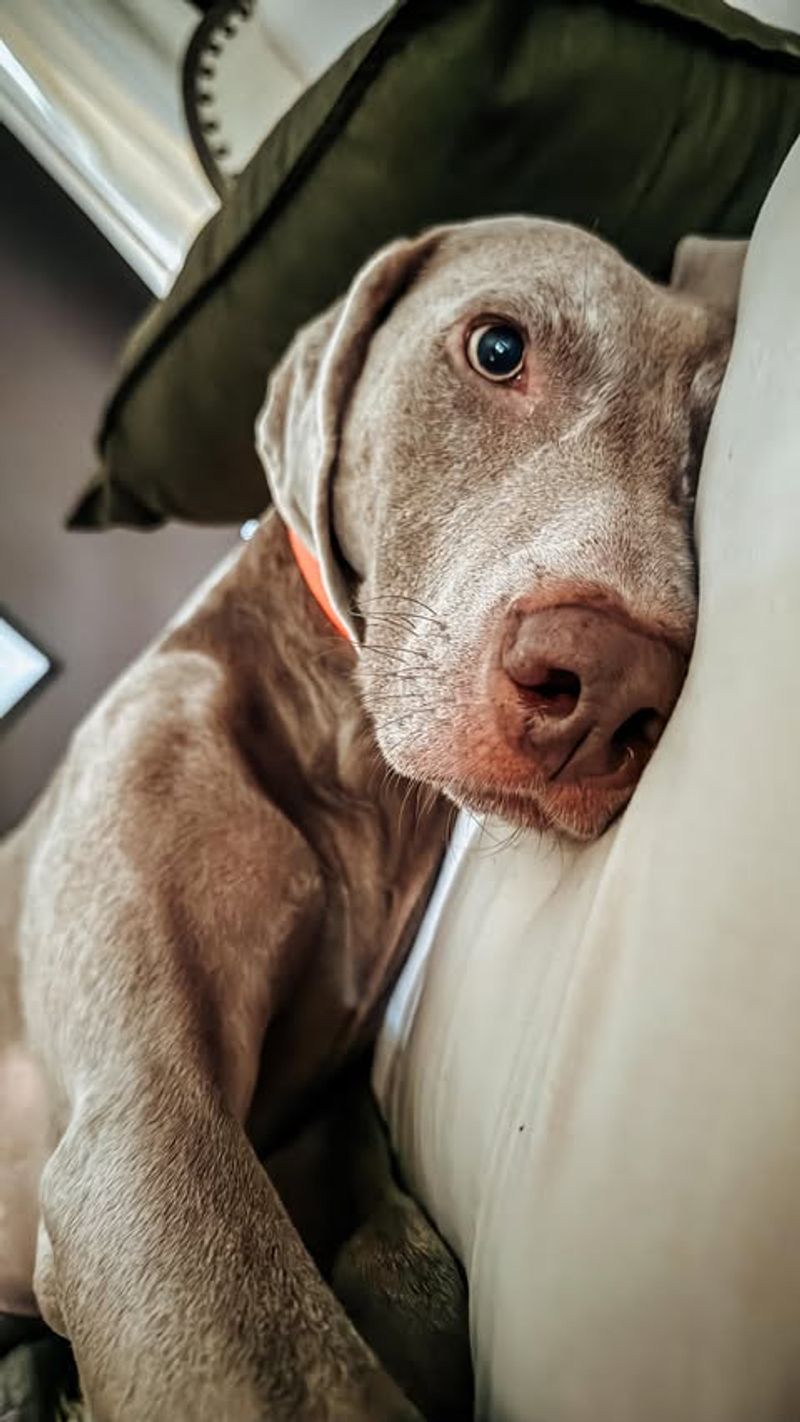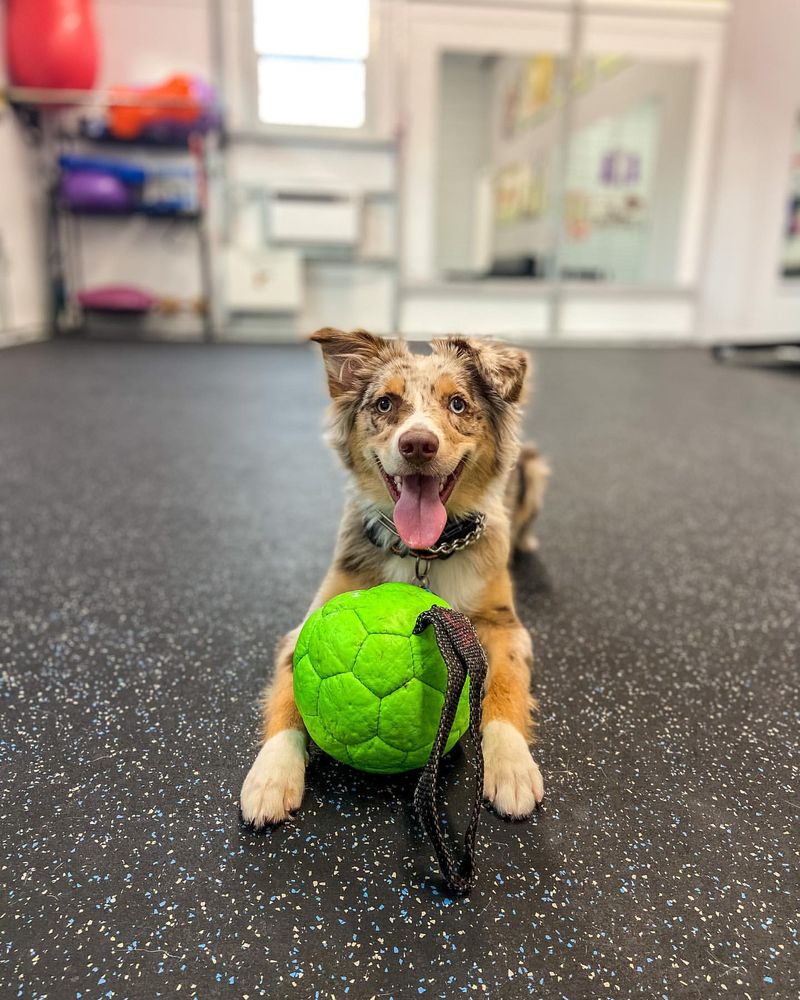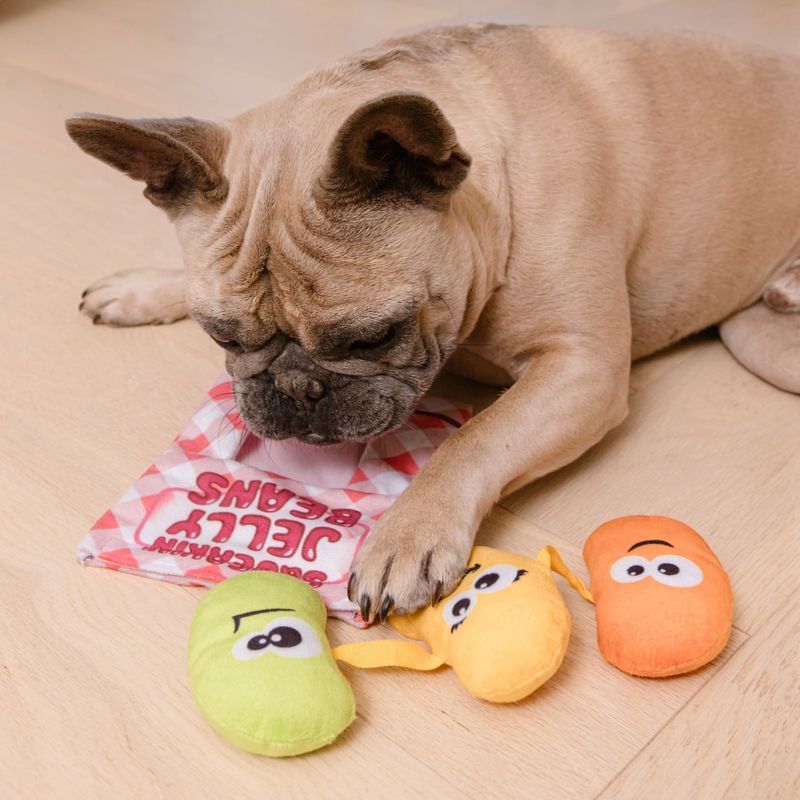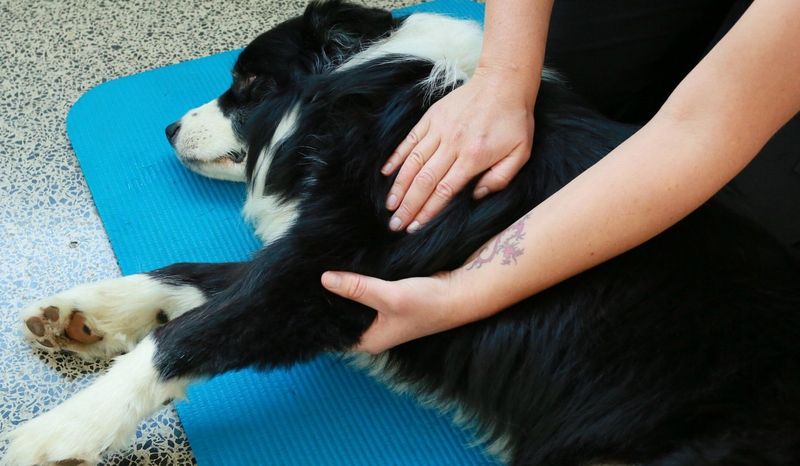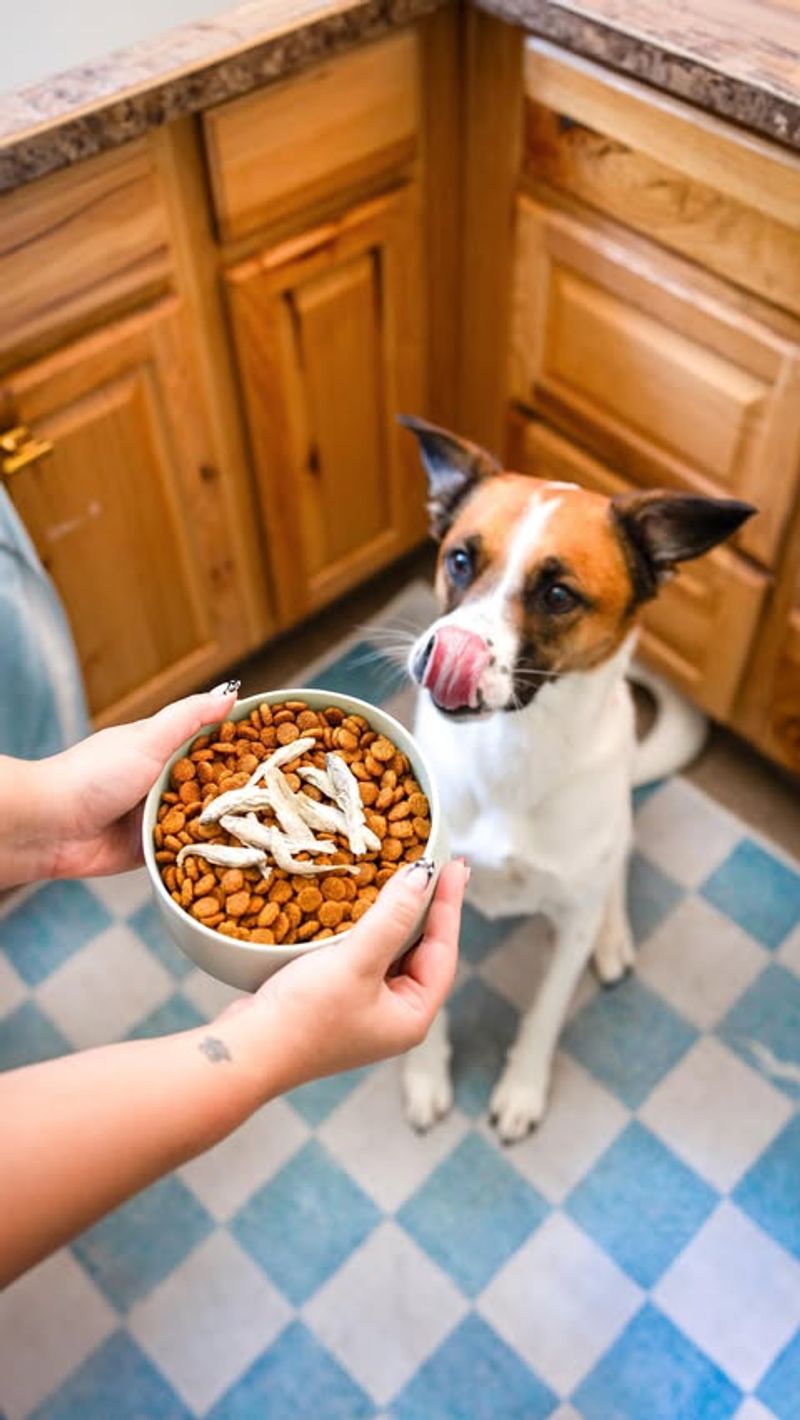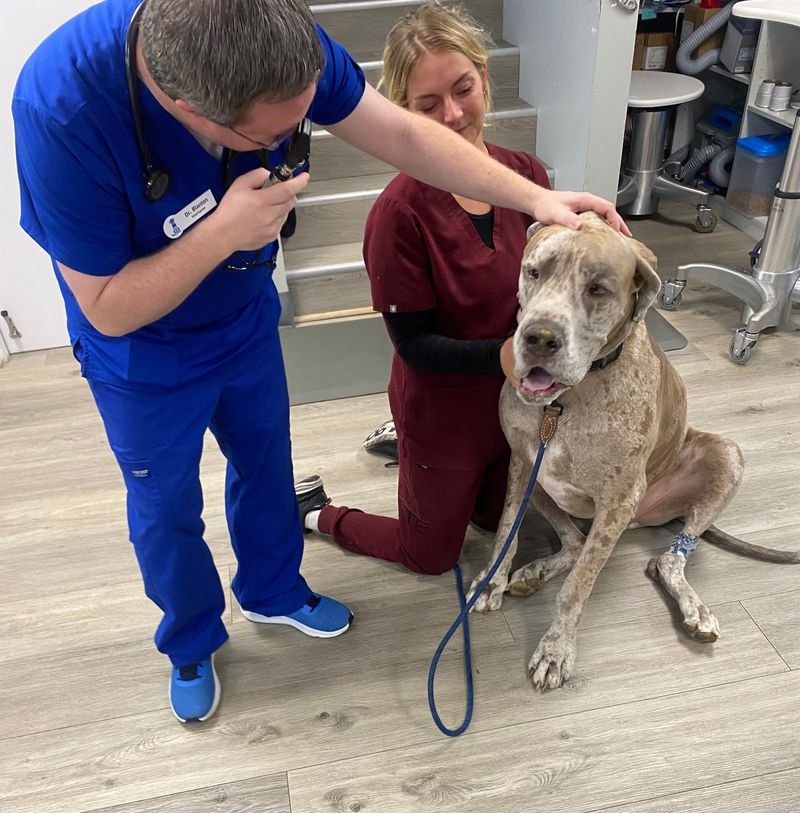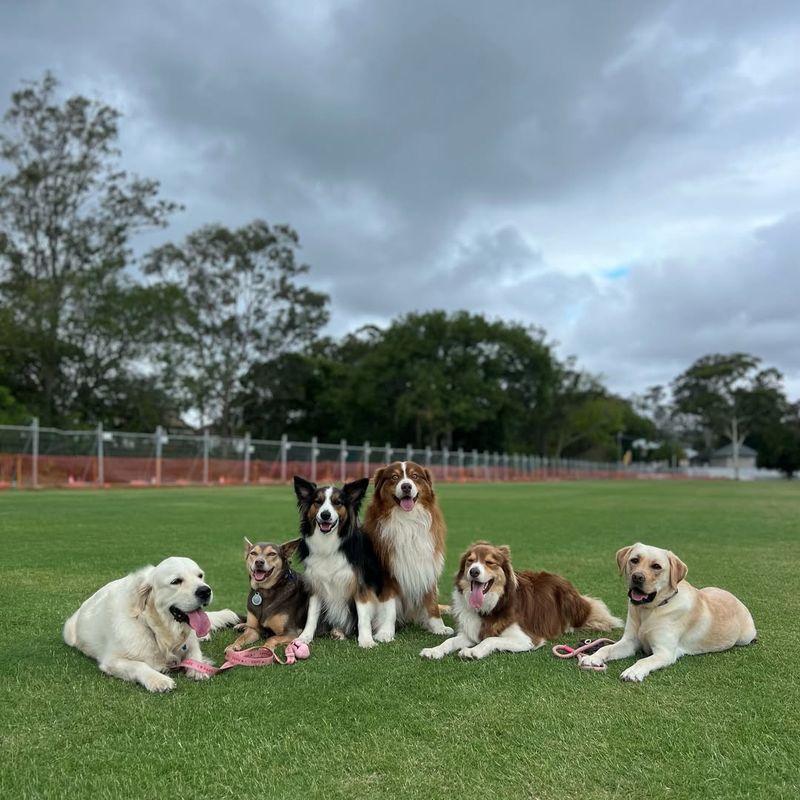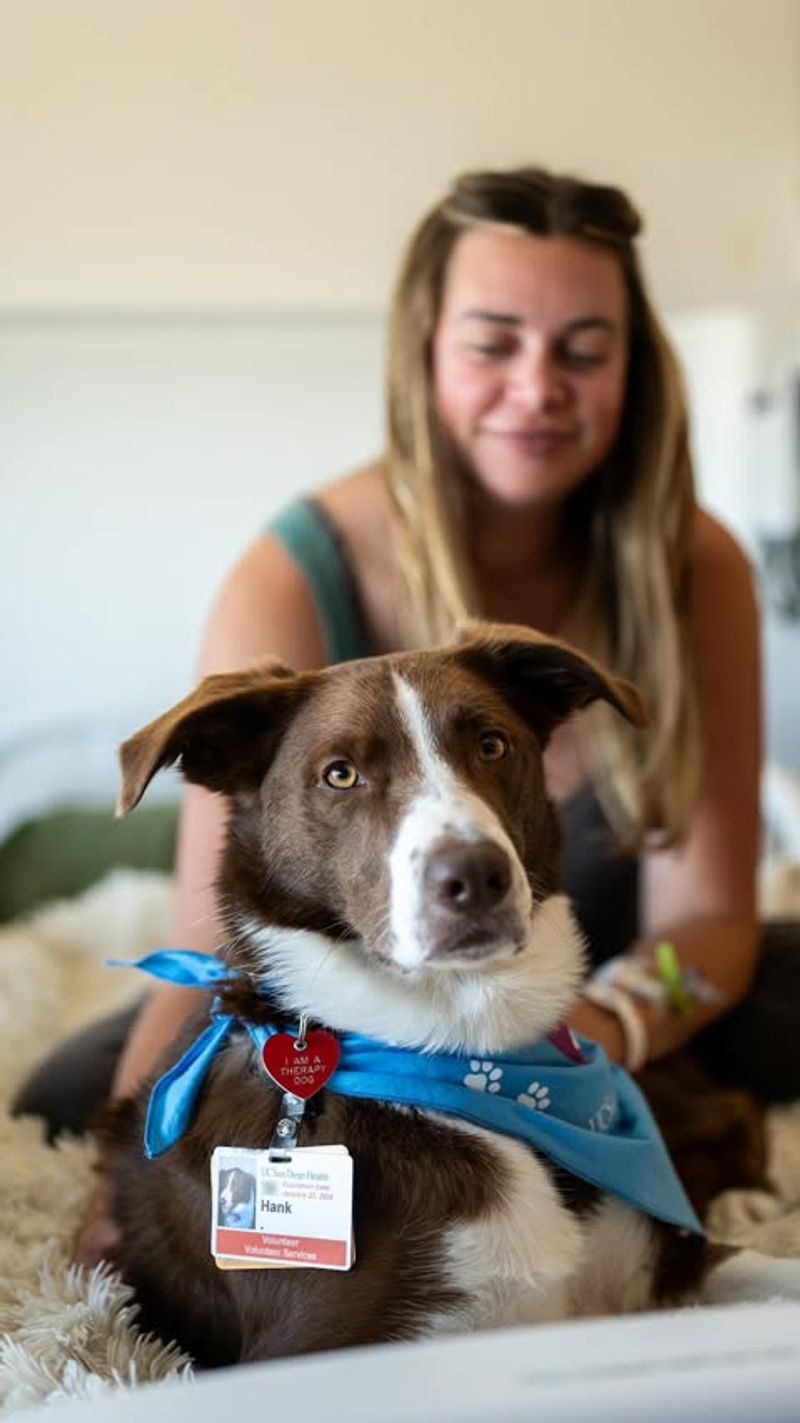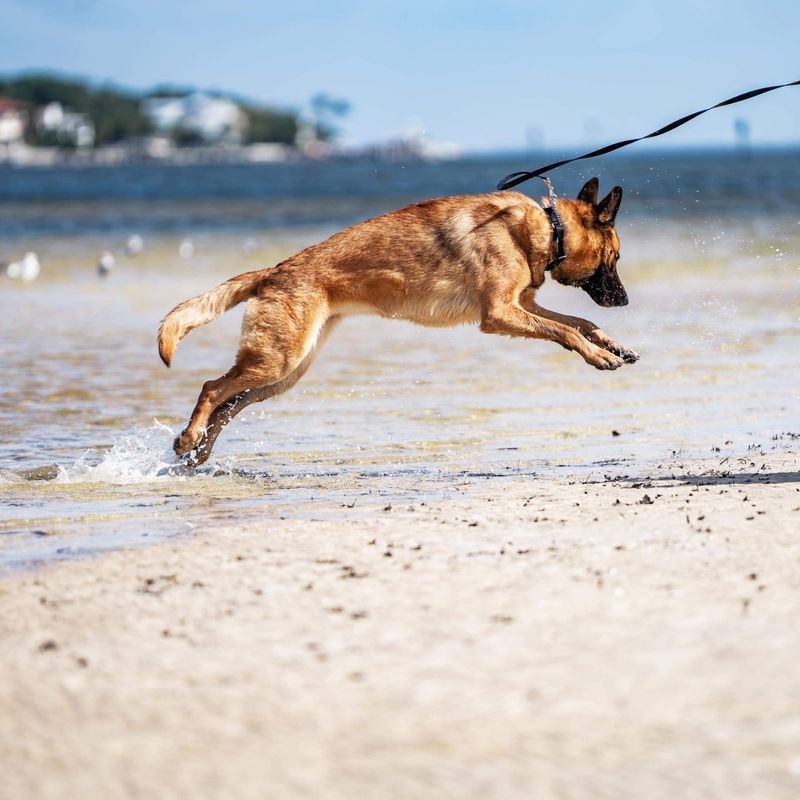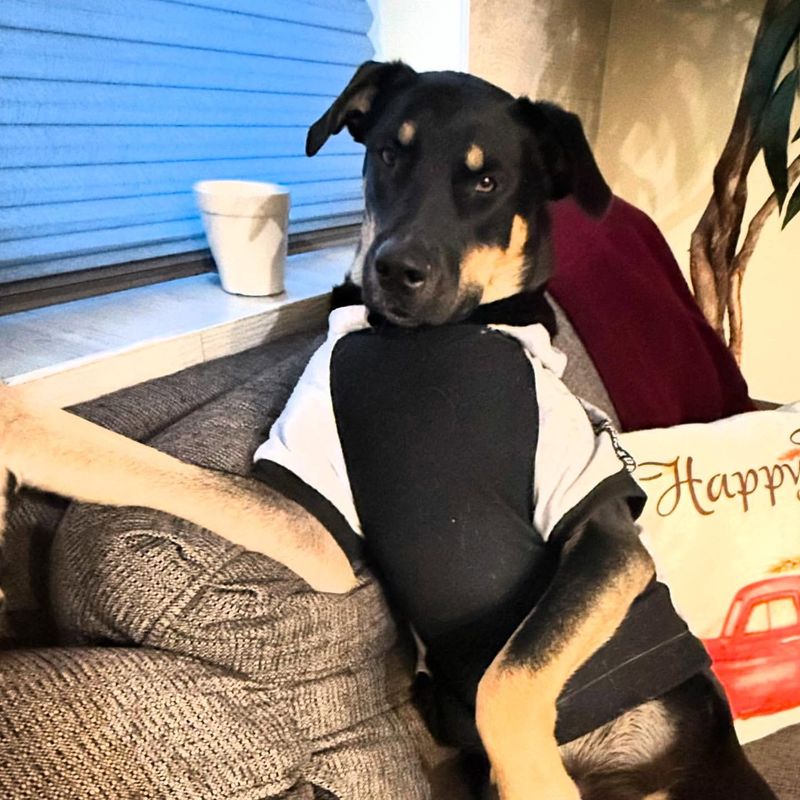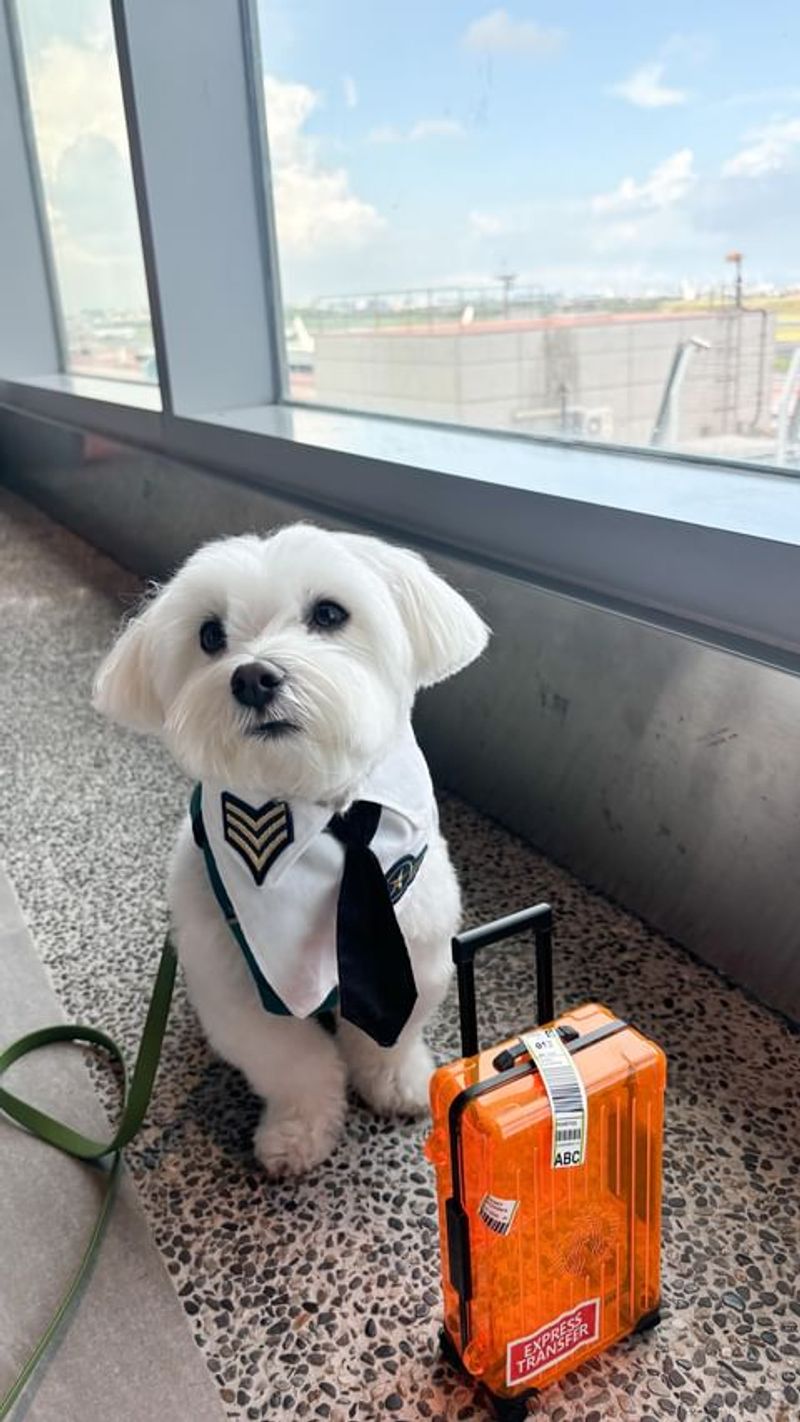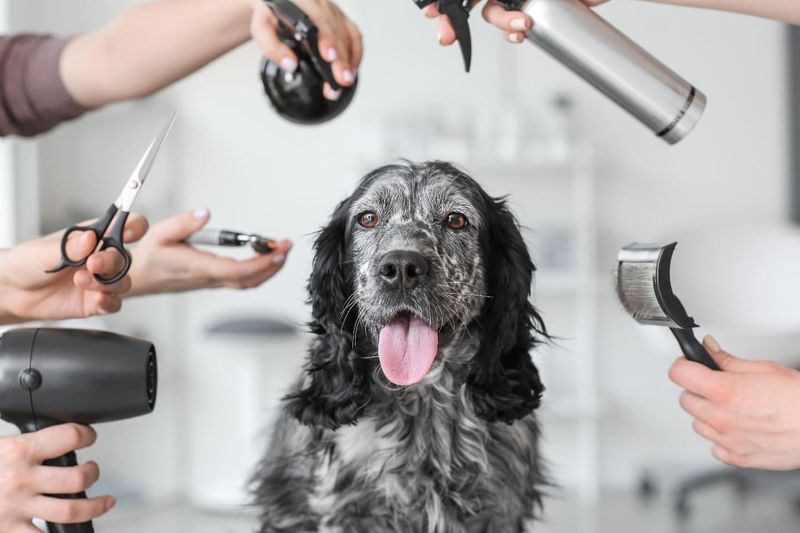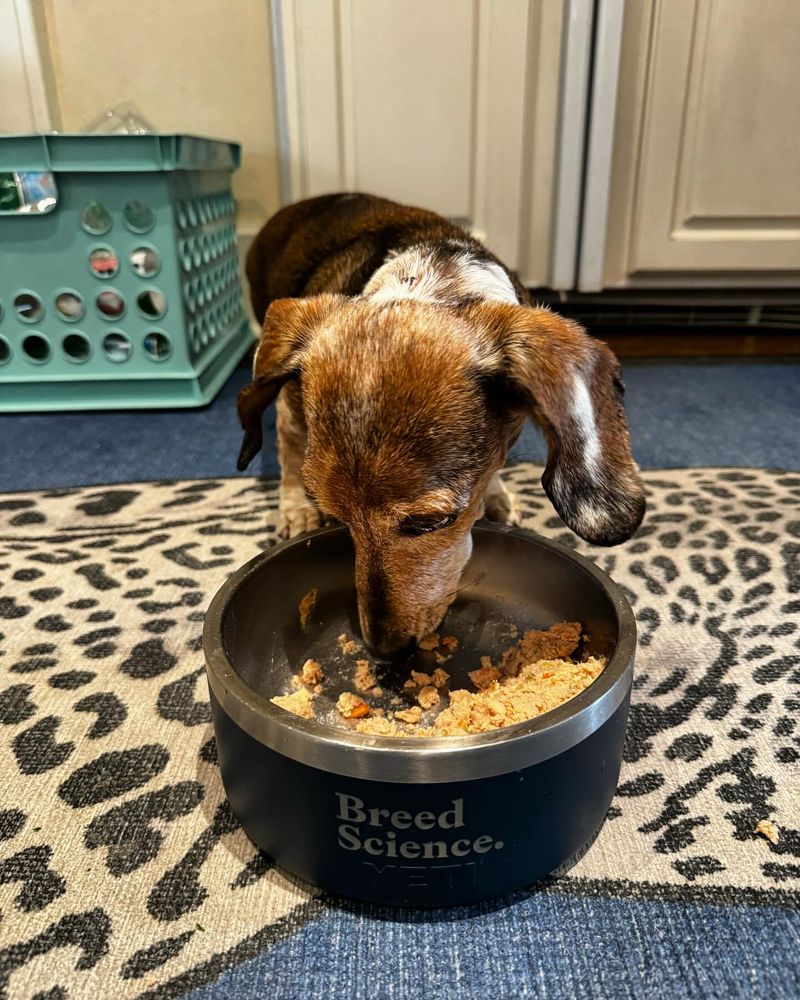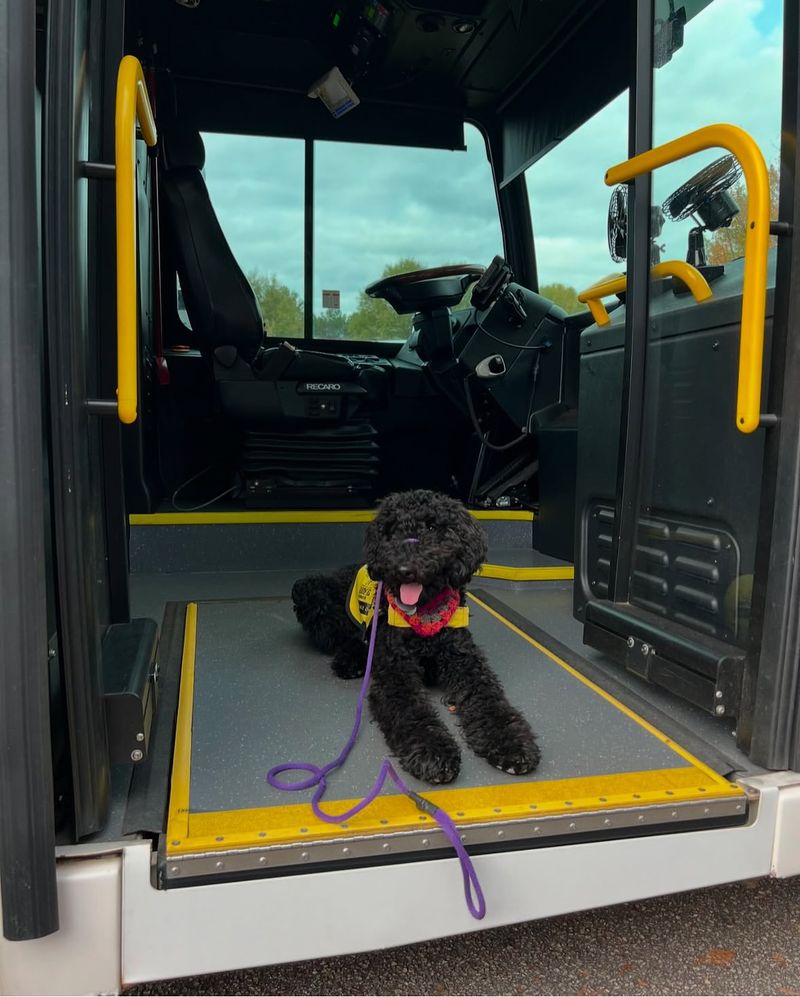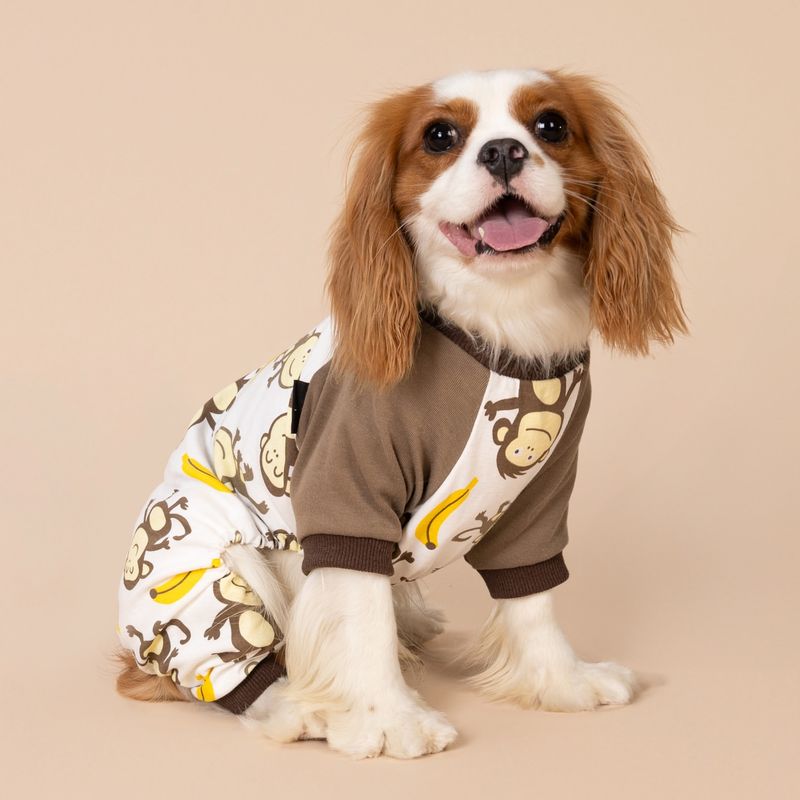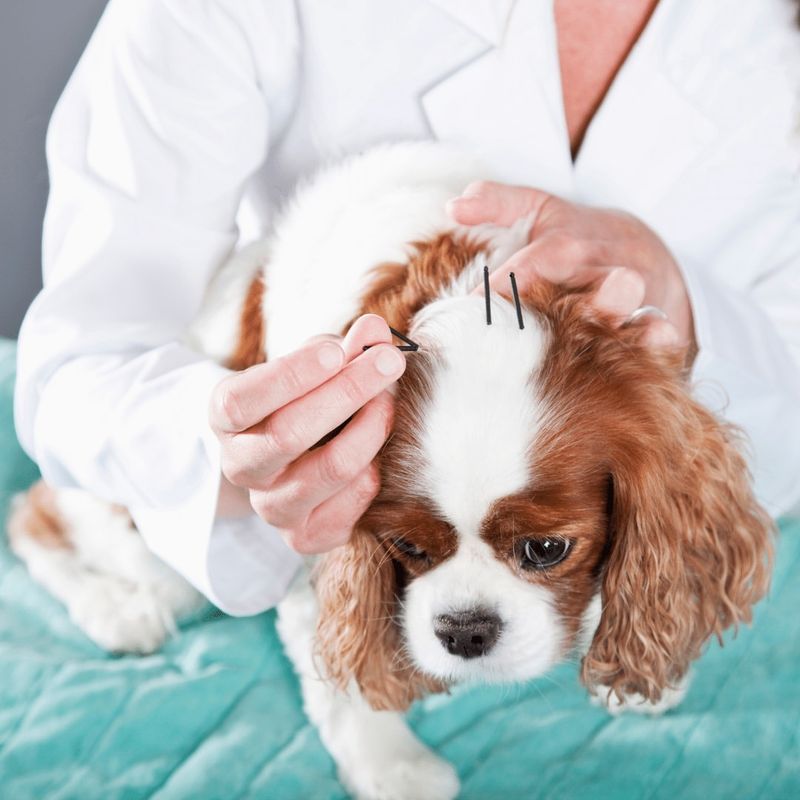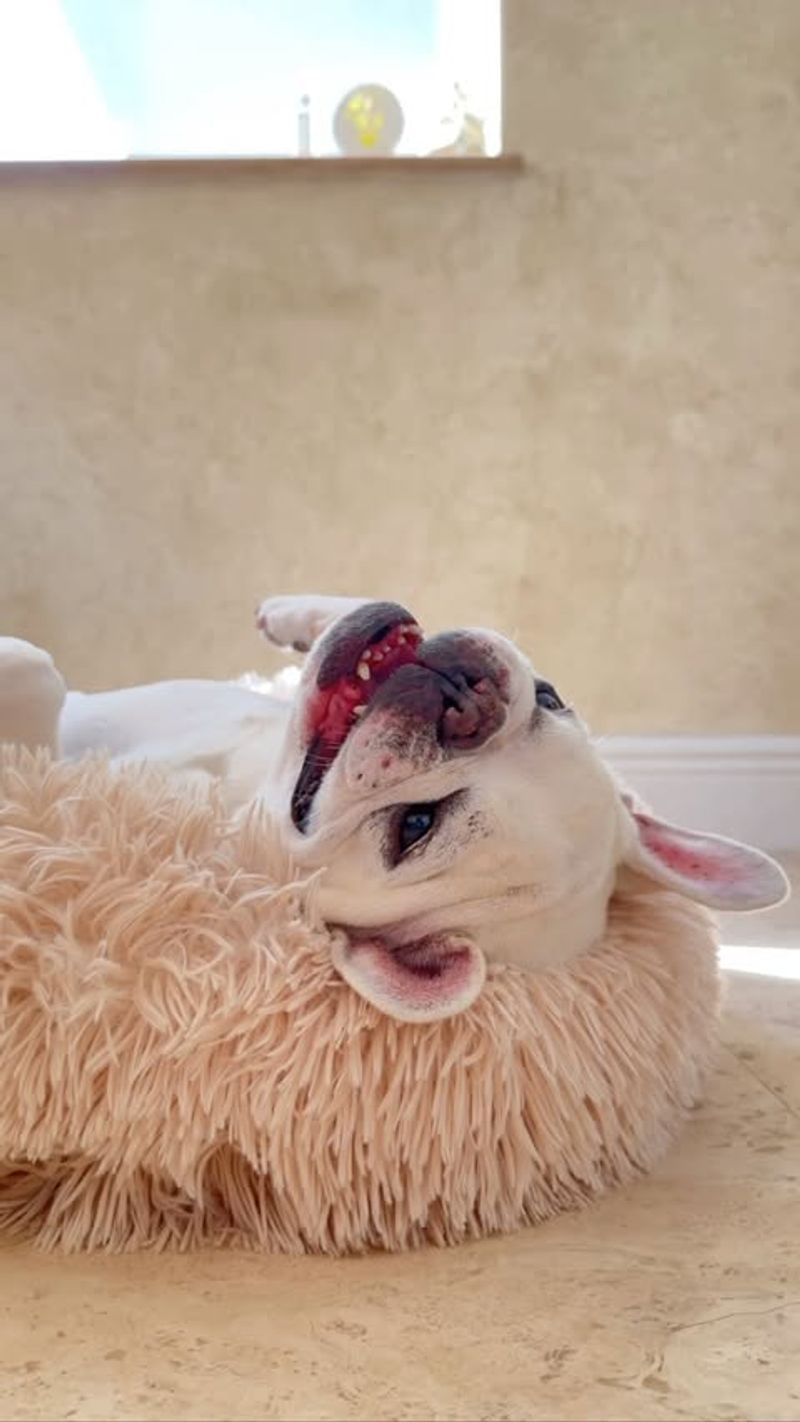Dogs, like humans, can experience anxiety for various reasons. It can manifest through excessive barking, destructive behavior, or even withdrawal. It’s crucial to understand the signs and find effective ways to calm your furry friend. Whether your dog’s anxiety is due to separation, loud noises, or new environments, there are practical methods to alleviate their stress. This guide provides 23 easy and practical ways to help your anxious dog lead a more relaxed life.
Create a Safe Space
Establishing a safe space for your dog can significantly reduce anxiety. Choose a quiet corner of your home away from high-traffic areas. Place a comfortable bed or blanket there, and consider using calming colors and dim lighting. Dogs often feel more secure in a dedicated area that they can retreat to when feeling anxious. You can also add some of their favorite toys or a piece of your clothing to provide comfort. Creating this haven shows your dog that they have a secure place to escape stressors.
Use Calming Music
Music can be a powerful tool to soothe an anxious dog. Studies suggest that certain types of music, like classical, can have calming effects on dogs. Create a playlist of soft, gentle tunes and play it at a low volume. This is particularly useful during stressful situations like thunderstorms or fireworks. Ensure the music is at an appropriate volume that doesn’t add to your dog’s stress. Observing your dog’s reaction to different tunes can help tailor the playlist to their preferences, offering them a sense of calm.
Try Aromatherapy
Aromatherapy isn’t just for humans; it can help soothe anxious dogs as well. Scents like lavender and chamomile are known for their calming properties. Using an essential oil diffuser, you can gently infuse these scents into the air. Ensure the room is well-ventilated, and use oils safe for dogs. Some animals may be sensitive, so monitor your dog’s reaction. Aromatherapy can be particularly helpful during times of change or stress, creating a serene atmosphere that helps your dog relax and feel more at ease.
Regular Exercise
Exercise is a natural anxiety reliever for dogs. Regular physical activity helps to burn off excess energy and reduce stress. A daily walk or play session can make a significant difference in your dog’s mood. Consider activities that match your dog’s energy level and breed. Whether it’s a brisk walk, a game of fetch, or a swim, consistent exercise promotes physical health and mental well-being. It also provides an opportunity for bonding and positive reinforcement, which can help alleviate anxiety.
Interactive Toys
Interactive toys can be a great way to distract an anxious dog. Puzzle toys, for example, not only occupy their mind but also provide mental stimulation. These toys challenge your dog to think and solve problems, which can help divert their focus from anxiety. Choose toys that suit your dog’s size and chewing habits. Engaging with these toys can offer a productive way to channel nervous energy. Additionally, rewarding your dog with treats hidden within the toys can reinforce positive behavior and create a sense of achievement.
Massage Therapy
Massaging your dog can be an effective way to reduce anxiety. Gentle, slow strokes along their body can help relax tense muscles and provide comfort. Focus on areas where your dog seems to hold tension, such as the neck or back. Massage therapy is not only relaxing but also strengthens the bond between you and your pet. It’s essential to watch your dog’s body language to ensure they’re comfortable with the pressure and technique. Regular massages can be a calming ritual that your dog will look forward to.
Balanced Diet
A balanced diet can play a crucial role in managing your dog’s anxiety. Nutrient-rich foods support overall health and can influence mood and behavior. Omega-3 fatty acids, in particular, are known to have calming effects. Consult with your veterinarian to ensure your dog’s diet meets their specific needs. Avoid foods with artificial additives and focus on natural, wholesome ingredients. A healthy diet not only supports physical health but can also help stabilize emotions, reducing anxiety levels. Consistency in mealtime can further offer a sense of routine and security.
Behavioral Training
Behavioral training can be instrumental in reducing anxiety in dogs. A professional trainer can teach techniques to address anxiety-related behaviors. Training sessions provide structure and build confidence through positive reinforcement. Techniques such as desensitization and counter-conditioning can gradually reduce anxiety triggers. It’s crucial to be patient and consistent, allowing your dog to learn at their own pace. This process not only helps manage anxiety but also strengthens the bond between you and your dog, instilling trust and understanding.
Regular Vet Check-Ups
Regular veterinary check-ups are vital in managing your dog’s anxiety. Health issues can sometimes be the underlying cause of stress, and a vet can rule out or address these concerns. During check-ups, discuss any behavioral changes or anxiety signs you’ve noticed. Your vet can offer advice on dietary supplements or medications if needed. Keeping up with vaccinations and parasite control is also part of maintaining your dog’s overall well-being. Regular visits help ensure that both physical and mental health are supported, contributing to your dog’s comfort and security.
Socialization Opportunities
Socialization plays a significant role in reducing anxiety in dogs. Regular interaction with other dogs and humans can build confidence and reduce fear of unfamiliar situations. Introduce your dog to new environments gradually and ensure experiences are positive and rewarding. Dog parks, training classes, and playdates are excellent opportunities for social interaction. Always supervise these interactions to ensure safety and comfort for all involved. Socialization not only helps with anxiety but also enriches your dog’s life with diverse experiences, leading to a happier and well-adjusted pet.
Consistent Routine
Dogs thrive on routine, and a consistent schedule can help alleviate anxiety. Predictable daily activities like feeding, walking, and playtime provide a sense of security. Dogs learn what to expect and when, reducing uncertainty and stress. Establish a routine that fits your lifestyle while considering your dog’s needs. Consistency in bedtime and waking hours can also promote better sleep patterns. By maintaining a structured routine, you offer your dog reliability and comfort, which can significantly decrease anxiety levels and improve their overall happiness.
Therapeutic Touch
Therapeutic touch can be a simple yet effective way to calm an anxious dog. Gentle petting and touch release endorphins, which promote relaxation. Pay attention to your dog’s response to determine their preferred type of touch. Some dogs may enjoy gentle ear rubs, while others prefer long, soothing strokes along their back. Providing this comfort can deepen your bond and offer reassurance during stressful times. Regular sessions of therapeutic touch can help your dog associate hands-on contact with safety and affection, making it an integral part of managing anxiety.
Safe Chew Toys
Chewing is a natural stress reliever for dogs. Providing safe and durable chew toys can help alleviate anxiety by occupying their mind and fulfilling their instinctual needs. Choose toys that match your dog’s size and chewing habits, ensuring they’re made from non-toxic materials. Chew toys not only keep your dog busy but also promote dental health. Rotate toys regularly to maintain interest and prevent boredom. With the right chew toys, your dog can channel nervous energy into a positive activity, reducing stress and providing a healthy outlet for anxiety.
Gradual Exposure
Gradual exposure can help your dog overcome anxiety triggers. This method involves slowly introducing your dog to the object or situation causing fear, starting from a distance or low intensity. Gradual desensitization allows your dog to adjust at their own pace, building confidence over time. Rewarding positive reactions with treats or praise reinforces progress and reduces fear. Whether it’s a noisy appliance or a new environment, patience and consistency are key. With gradual exposure, your dog learns to cope with anxiety-inducing situations, ultimately leading to reduced stress and a more relaxed demeanor.
Positive Reinforcement
Positive reinforcement is a powerful tool in managing anxiety. Rewarding your dog for calm behavior encourages them to repeat it. Use treats, praise, or play to reinforce positive actions, especially during stressful events. This approach builds trust and confidence, making your dog feel secure. The key is to reward immediately after the desired behavior. Over time, your dog associates calmness with positive outcomes, reducing anxiety levels. Consistent positive reinforcement can transform stressful situations into opportunities for bonding and growth, creating a trusting and secure environment for your dog.
Safe Space Travel Crate
Travel can be stressful for dogs, but a safe space crate can help. A travel crate acts as a portable den, offering your dog security during journeys. Line the crate with a soft bed and include familiar items like toys or a blanket. Gradually acclimate your dog to the crate before travel, allowing them to associate it with comfort. During trips, the crate provides a controlled environment, reducing exposure to unfamiliar stimuli. With a safe space crate, your dog can enjoy travel with reduced anxiety, making outings more pleasant for both of you.
Professional Grooming
Regular grooming can positively impact your dog’s anxiety. Professional groomers not only keep your dog looking their best but also provide relaxation through massage-like handling. Choose a groomer experienced with anxious dogs and communicate your pet’s needs. Grooming sessions can help desensitize your dog to being handled, reducing anxiety over time. Regular grooming also ensures your dog’s coat and skin are healthy, contributing to overall comfort. By making grooming a positive experience, you help your dog view it as a routine part of life, with reduced stress and increased relaxation.
Herbal Supplements
Herbal supplements can offer a natural way to manage dog anxiety. Ingredients like valerian root and chamomile are known for their calming effects. Before introducing supplements, consult your veterinarian to ensure they’re safe and appropriate for your dog. Herbal remedies can support overall well-being and complement other anxiety-reducing strategies. Administering supplements regularly can help maintain a calm demeanor, especially during stressful events. With proper guidance, herbal supplements can be a valuable addition to your dog’s routine, aiding in anxiety management and promoting a more relaxed and contented pet.
Desensitization Training
Desensitization training helps dogs overcome fear by gradually exposing them to anxiety triggers. This technique involves controlled exposure to stimuli, paired with positive reinforcement. Over time, your dog learns to associate previously fear-inducing situations with positive experiences. Desensitization requires patience and consistency, often guided by a professional. Whether it’s loud noises or new environments, training helps build confidence and reduce anxiety. With dedication, desensitization can transform your dog’s response to stressors, providing them with the skills needed to navigate life more comfortably and without fear.
Calming Apparel
Calming apparel, like anxiety vests, can help soothe anxious dogs. These garments apply gentle pressure, similar to a hug, providing comfort and security. Use calming apparel during known stressors, such as thunderstorms or travel. Ensure the fit is snug but not restrictive, allowing your dog to move comfortably. Introduce the apparel gradually, so your dog associates it with positive experiences. Calming apparel is a non-invasive option that can be used in conjunction with other anxiety-reducing strategies, offering an extra layer of support and comfort when your dog needs it most.
Pet Acupuncture
Pet acupuncture is an alternative therapy that can aid anxiety management. Skilled practitioners use fine needles to stimulate specific points on the body, promoting relaxation and reducing stress. Consult with a certified veterinary acupuncturist to determine if this therapy is suitable for your dog. Acupuncture can complement other anxiety-reducing strategies, offering holistic support. Sessions should be calm and positive, helping your dog associate the treatment with relaxation. Over time, acupuncture can contribute to decreased anxiety levels, enhancing your dog’s overall well-being and quality of life.
Calming Scents
Calming scents, such as lavender or chamomile, can have a soothing effect on anxious dogs. Use pet-safe candles, sprays, or diffusers to introduce these aromas into your home. Ensure the space is well-ventilated and observe your dog’s reaction to ensure comfort. Scents can create a calming ambiance, especially during stressful times like thunderstorms or changes in routine. Pairing calming scents with other anxiety-reducing techniques can enhance their effectiveness, making your home a peaceful sanctuary for your dog to relax and feel secure.
